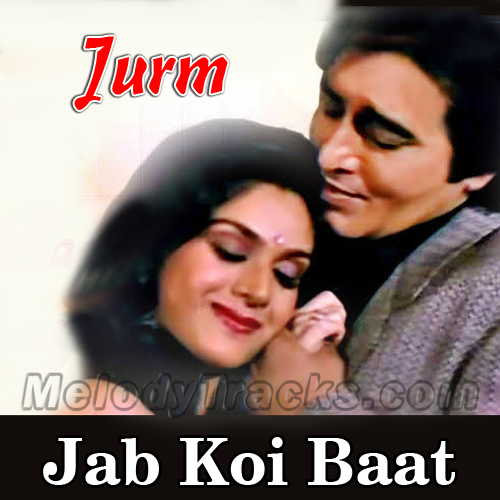


Nehru was certainly seated on the “ takht” of India in 1963, but what is Ludhianvi’s purpose in referencing him in this line of the song?Īlthough we can’t know for sure, here’s what we think. However, Ludhianvi’s use of the specific word laal-o-javaahar (red jewels, rubies) to symbolize wealth is interesting because it appears to be a reference to Javaahar Laal Nehru, who happened to be Prime Minister of India at the time that this song was written. In the fourth couplet, Ludhianvi writes: “ takht kyaa chiiz hai aur laal-o-javaahar kya hai?” As a whole, this couplet expresses the sentiment that love is so powerful that it transcends wealth, royalty, and even divinity. Ludhianvi’s heart-wrenching lyrics combined with Roshan’s beautiful music (a nuanced use of Raga Gaud Malhar!), Lata’s magical voice, and Bina Rai’s graceful portrayal of Mumtaz Mahal on screen make this song a truly memorable masterpiece.Īll the couplets in this song are beautifully constructed, but one of the lines in this song is particularly intriguing.

JURM SONG MOVIE
This classic movie narrates the love story between Shah Jahan and Mumtaz Mahal. This gem penned by Sahir Ludhianvi in Taj Mahal (1963) is probably one of our favorite picks for an old film song that makes the makes the best use of Urdu lyrics.


 0 kommentar(er)
0 kommentar(er)
